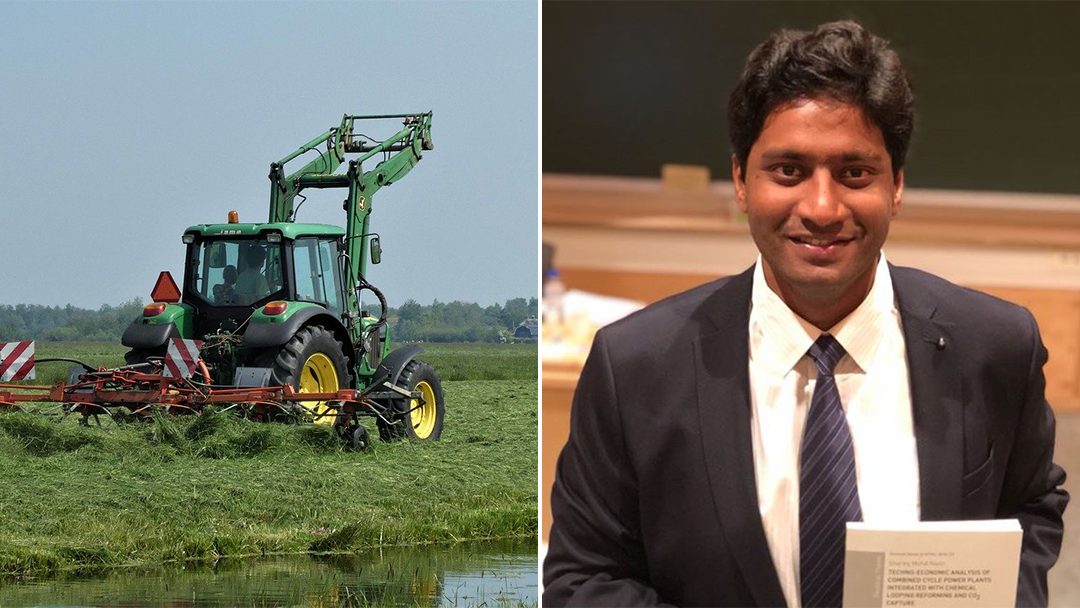Project to reduce multiple greenhouse gas emissions from the agricultural sector granted millions

A research project to reduce emissions from agriculture has been granted support of SEK 13.8 million from the Swedish Energy Agency. “Energy efficient negative emissions from the agricultural sector” is a joint project between the KTH Royal Institute of Technology (KTH), the Swedish University of Agricultural Sciences (SLU) and Uppsala University (UU).
“To accelerate our efforts to meet climate targets, we need to think beyond mitigating CO2. The project identifies the potential of energy efficient mitigation of three major greenhouse gases (CO2, CH4, N2O) from air in a single system,” says project leader Shareq Mohd Nazir, Assistant professor in Chemical Engineering at CBH, KTH.
The overall goal of the project is to identify and propose a system for reduction of multiple greenhouse gases through direct air capture, DAC, which from a cost perspective must be able to compete with carbon dioxide storage from biomass, so-called BECCS (Bio-energy with carbon capture and storage).
The interdisciplinary research project comprises three doctoral student projects and will result in three doctoral dissertations. The three doctoral students from KTH, SLU and UU participate in joint program activities, regular meetings and have a common course package. As a case study, the doctoral students have Gotland and the roadmap “Energipilot Gotland”, which is coordinated by the Swedish Energy Agency and aims for Gotland to achieve its energy and climate goals earlier than the rest of Sweden.
“In collaboration with Uppsala University (UU) and Swedish University of Agricultural Sciences (SLU), we will study the techno-economic-environmental-policy potential of the proposed concept within the agricultural and farming sector. Results from the project should lay the foundation for an emergence of a future technology that can remove multiple greenhouse gases from air,” says Shareq Mohd Nazir.

